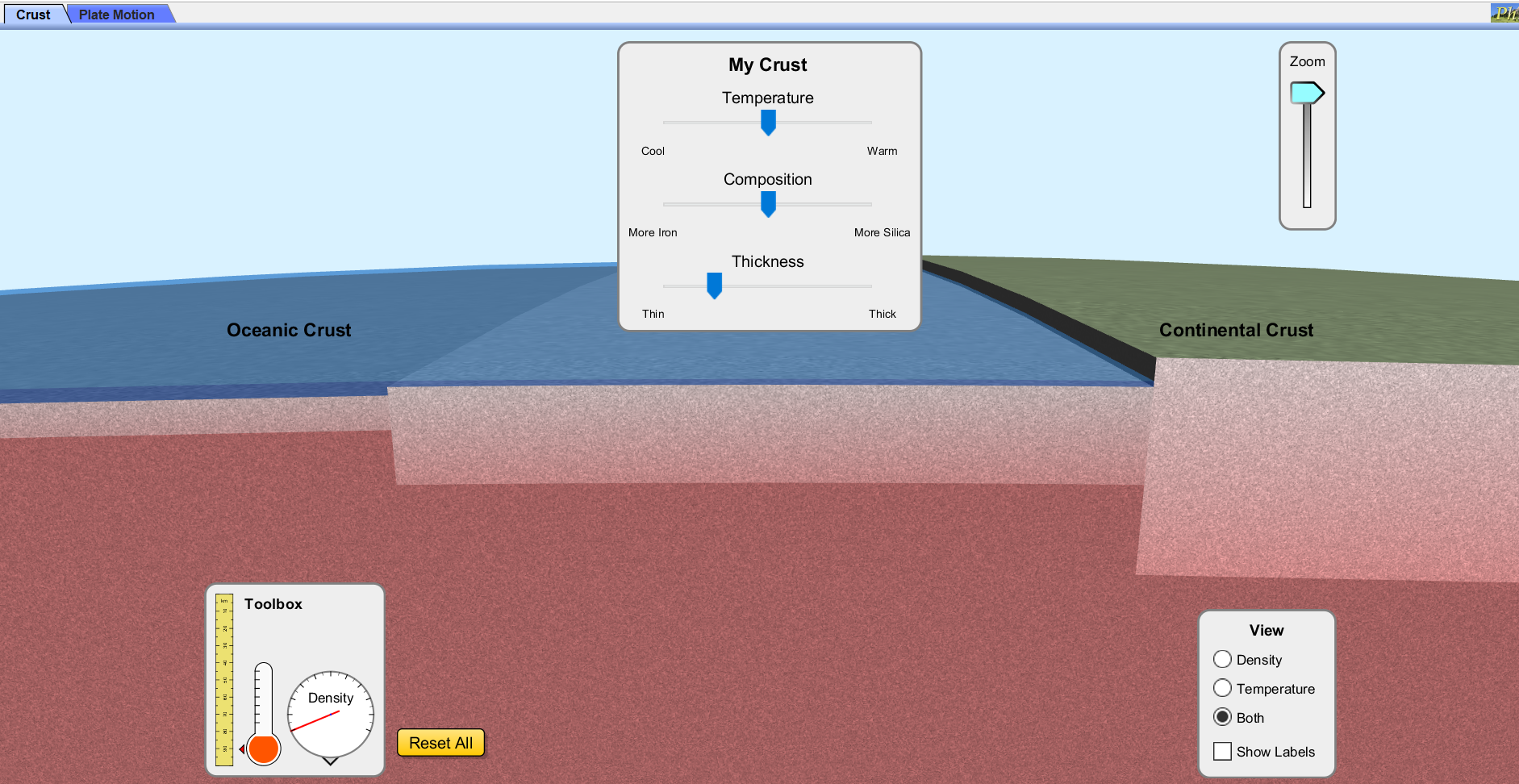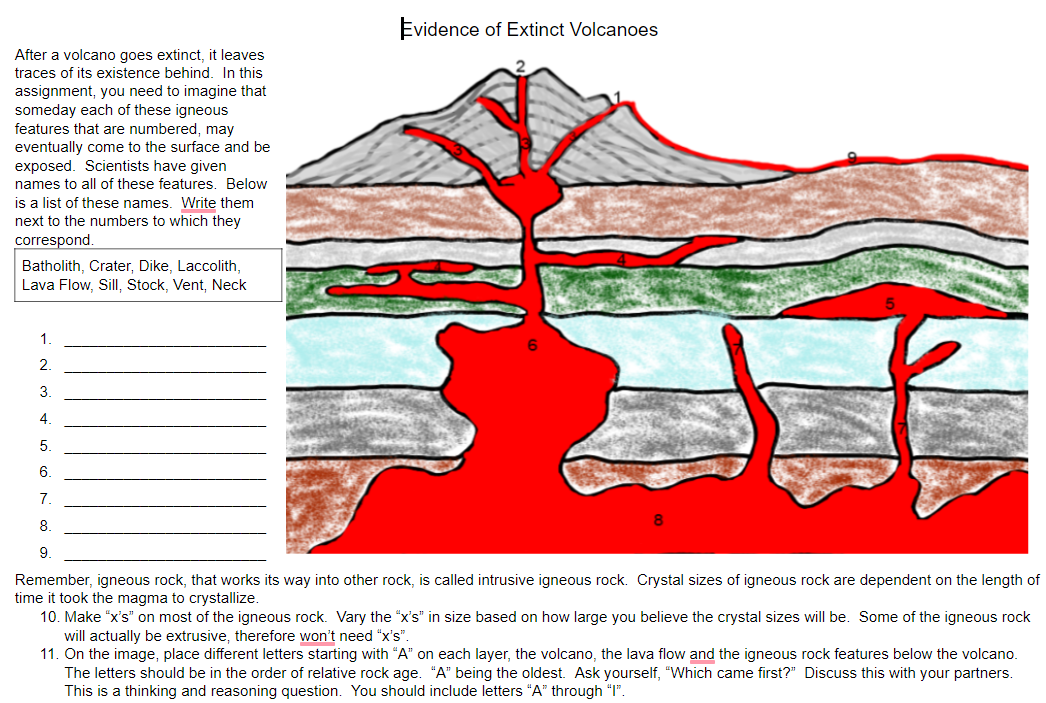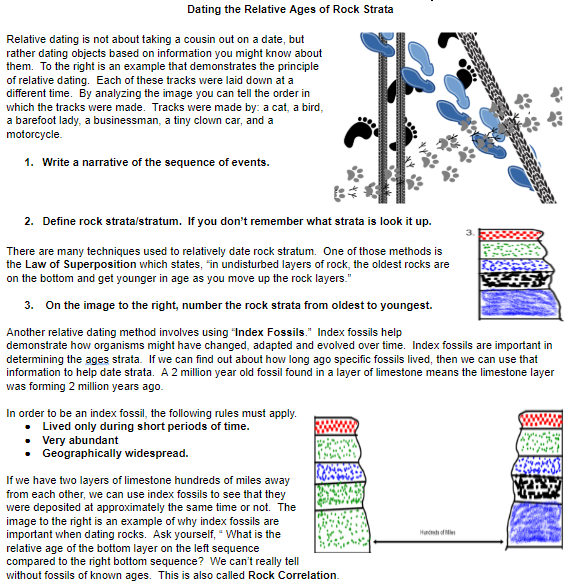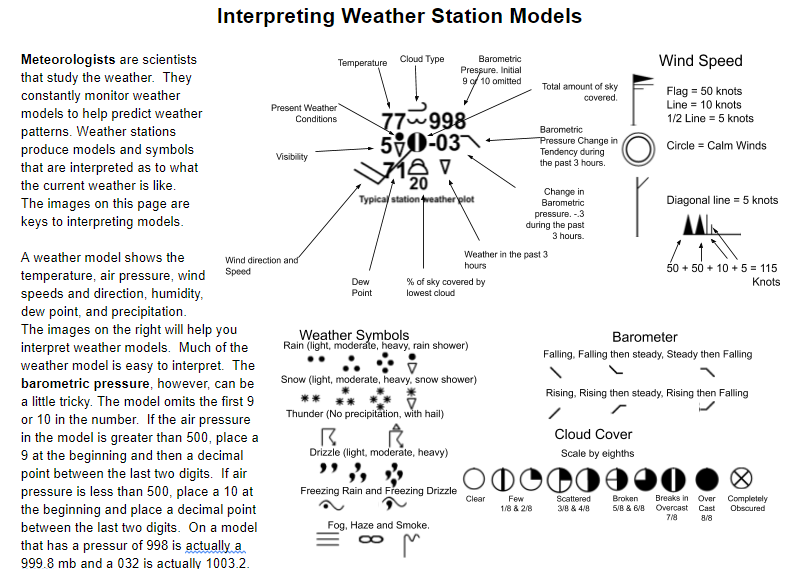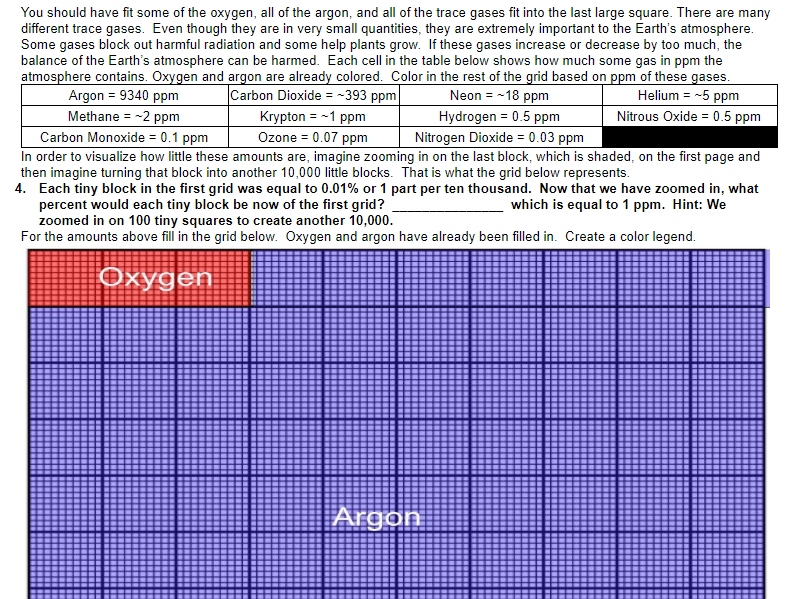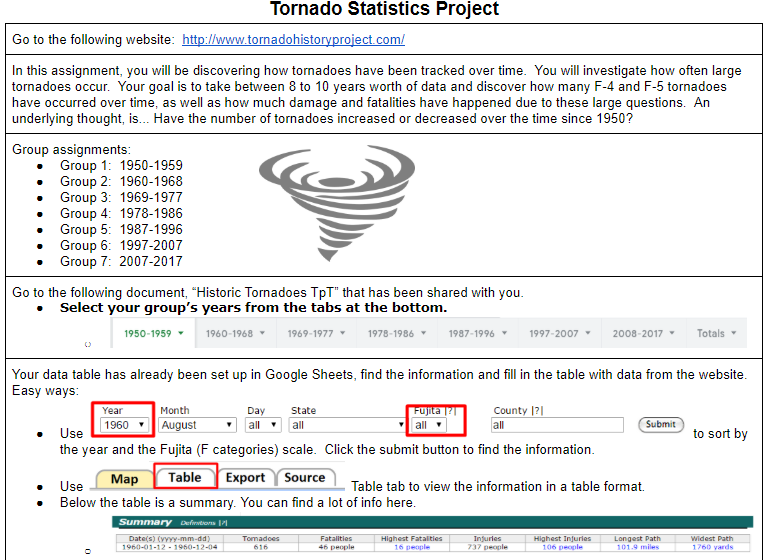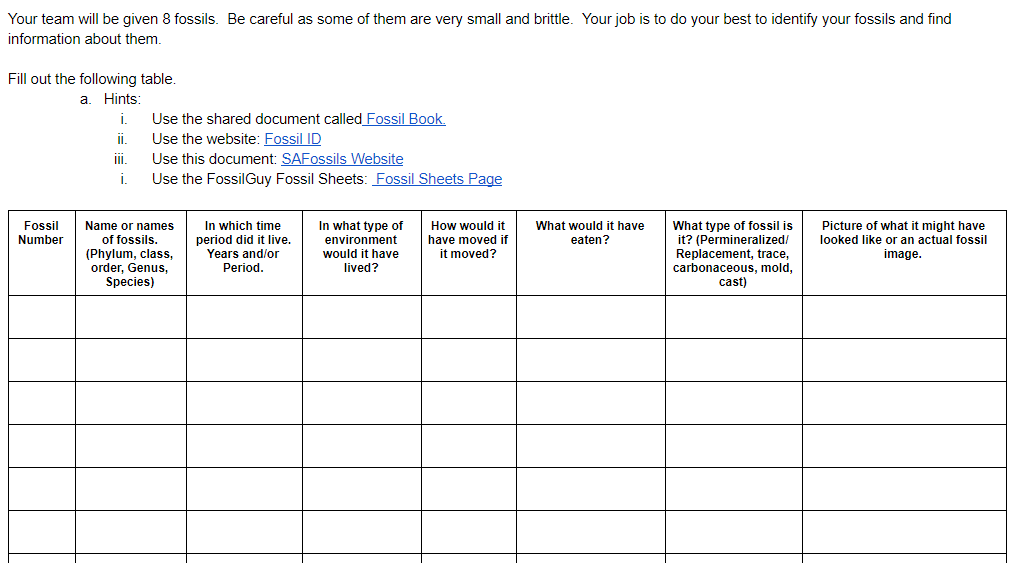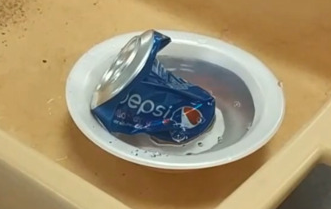The El Guapo Loco Science Show--Episode 4: Clouds
In this episode El Guapo and Mr. Weir visit Argentina and the Iguazu Falls. They then teach about waterfalls and clouds. Students will be taught how to make a cloud in a bottle. Spanish words they will learn are: Buenos Dias, El Rio, Gaucho, Qué Guay. Science words that students will learn are: Waterfall, resistant rock, water vapor, and condensation.

